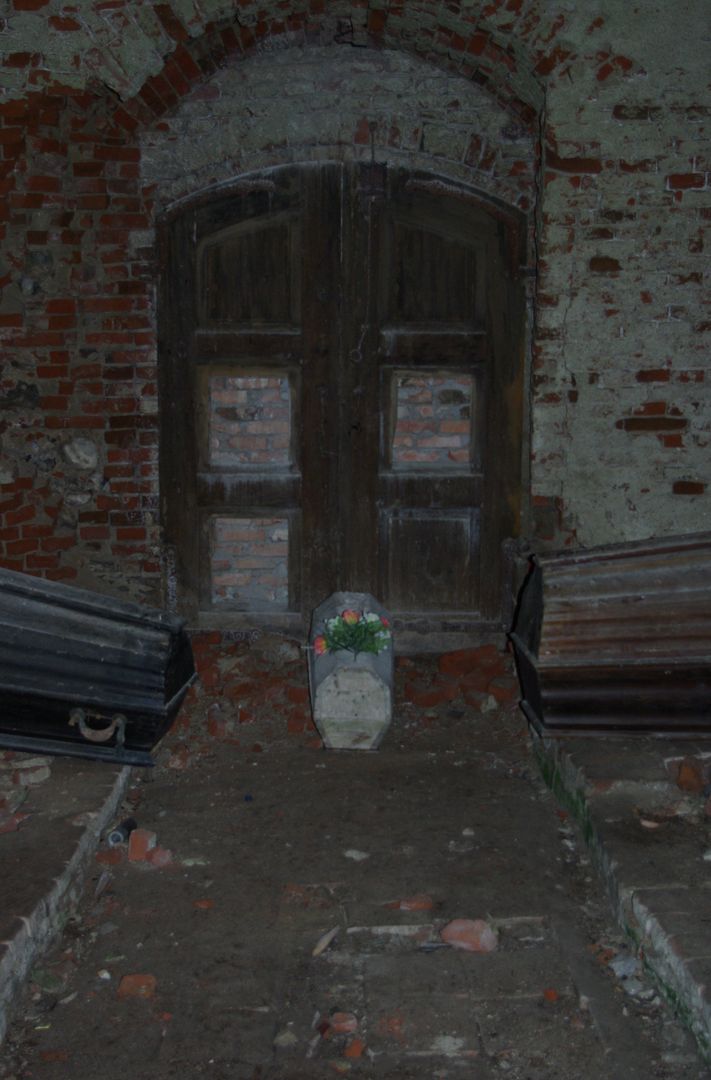Rapa Pyramid
7.51

Overview
The Pyramid in Rapa is an unusual family tomb of the Prussian baronial von Fahrenheid family, built between 1795 and 1811 in the Masurian village of Rapa. Its architecture resembles ancient Egyptian pyramids, reflecting the interests of the estate owner, Baron Friedrich von Fahrenheid, who was an enthusiast of Egyptology. He commissioned the construction to house the remains of his family and, as believed, to promote the mummification of the bodies. Despite some accounts, there is no definitive evidence that the design was the work of the architect Bertel Thorvaldsen. The tomb held the remains of seven individuals, including the baron's daughter Ninette, who died in 1811, and Friedrich himself, who passed away in 1849. After the end of the 19th century, the tomb fell into neglect, and its condition worsened during both world wars when it was vandalized by soldiers. Eventually, due to the actions of tourists and local residents, the tomb was further devastated until its entrance was walled up in 2010. In the 1990s, interest in the pyramid was rekindled, and in 2015, comprehensive archaeological research was undertaken. In the following years, restoration work was carried out, restoring it to its former glory thanks to funding from the State Forests. Architecturally, the pyramid features an internal vault inclined at an angle of 51°52', with external dimensions of 15.9 meters in height and 10.4 meters in base length. Shrouded in legends, including tales of a murderous dinner and the disappearing heads of the buried, the structure is not only an architectural curiosity but also a cultural one, serving as a testament to the fascination with Egyptian tombs in the 19th century.
Location
2025 Wizytor | All Rights Reserved